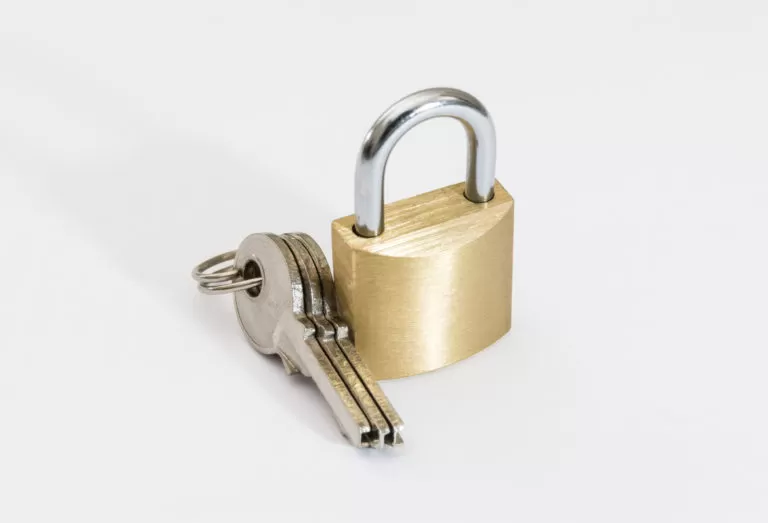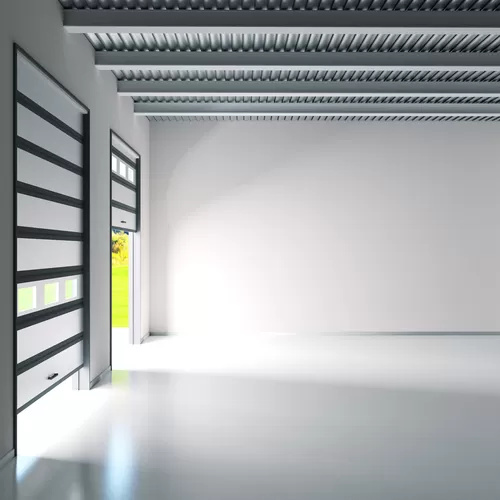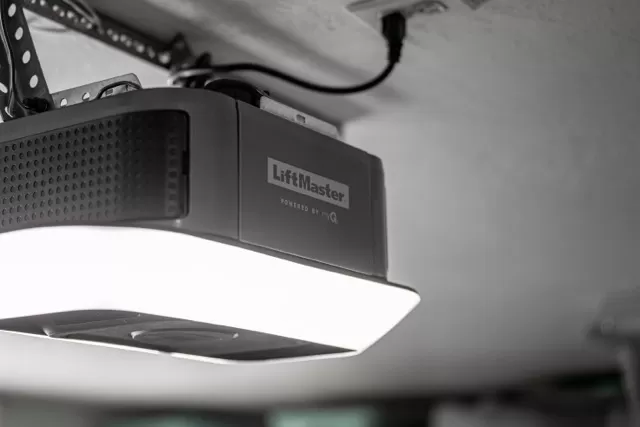Your home and garage serve very specific functions in your life, but most specifically they provide you shelter from the elements of the outside world. This makes insulation a very important element in the construction of both of these buildings. Without proper insulation, your home wouldn’t be able to retain heat in the dead cold of winter, or the cool air during a blistering hot summer. These things are very crucial to the classification of shelter. Because of this, it’s important to have good insulation materials that keep your garage and house at a comfortable temperature. Here are some of the best materials used for insulation…
Fiberglass
One of the most cost effective ways to insulation a building is to use fiberglass. Fiberglass is essentially a woven pattern of glass strands that create a thick, soft padding to put in between your inner and outer walls. Due to its low price, fiberglass is incredibly common, also because it isn’t a fire hazard like other forms of insulation. However, since fiberglass is created by using microfibers of silicone and glass, it can form a health hazard to install, if you are not careful about it. Whenever installing fiberglass, always make sure to wear face protection for your eyes, mouth, and nose, as well as wear gloves whenever handling the material.
Polyurethane foam
Many times, it isn’t entirely viable for people to tear down their walls to install something like fiberglass insulation. However, that is sometimes part of the process to use that material. Many people look for convenience when it comes to updating their homes, though. For those people polyurethane foam is an excellent option. This special foam can be blown in to fill up walls with a non-chlorofluorocarbon gas. This makes for an eco-friendly insulation material that is also fire resistant, and has terrific insular qualities with an R value of R-6.3 for every inch.
Mineral wool
Sometimes also called slag wool, mineral wool is created using excess materials from steel manufacturing. Mineral wool is a cheap way to insulate large areas of space, as it can be bought in enormous bulk amounts and has a relatively high R rating. One issue with using mineral wool, though, is that it is not resistant to fire. This has kept mineral wool from leaping to the popularity that fiberglass has been able to enjoy. However, many industrial buildings will use mineral wool in conjunction with other forms of insulation to keep costs low, while not presenting a safety hazard.





